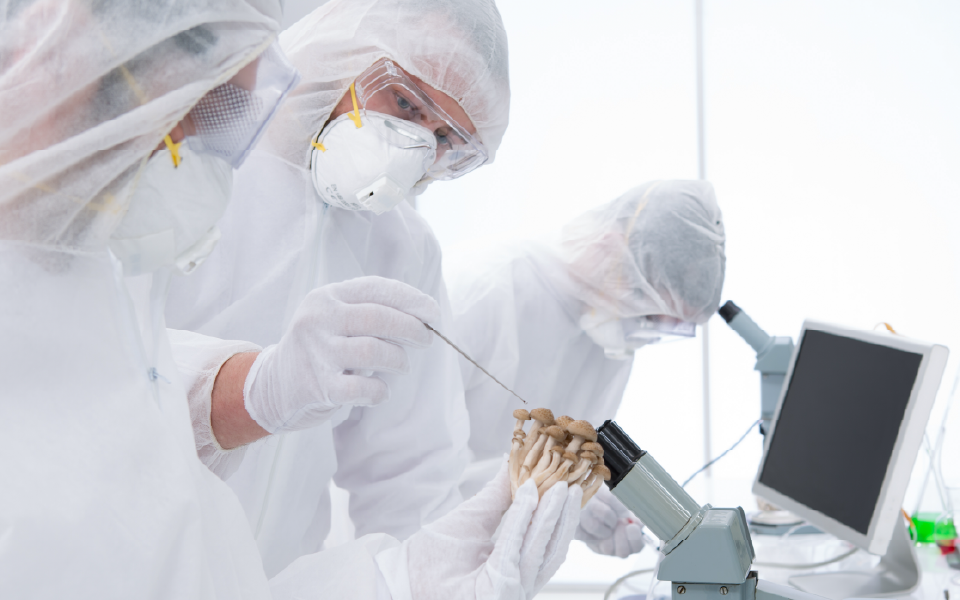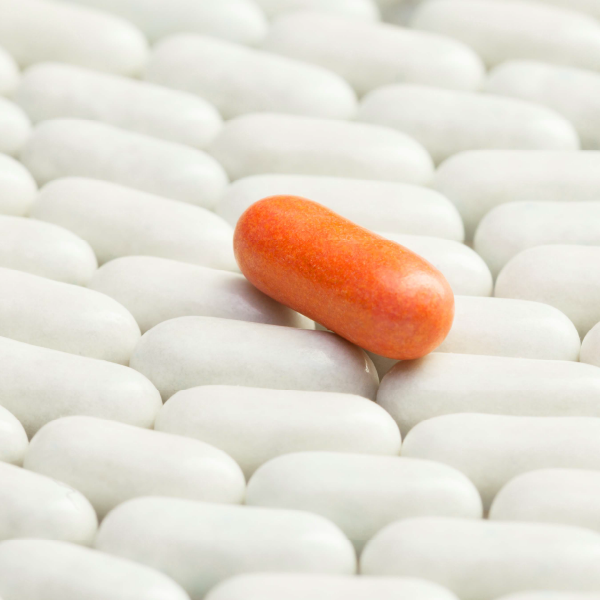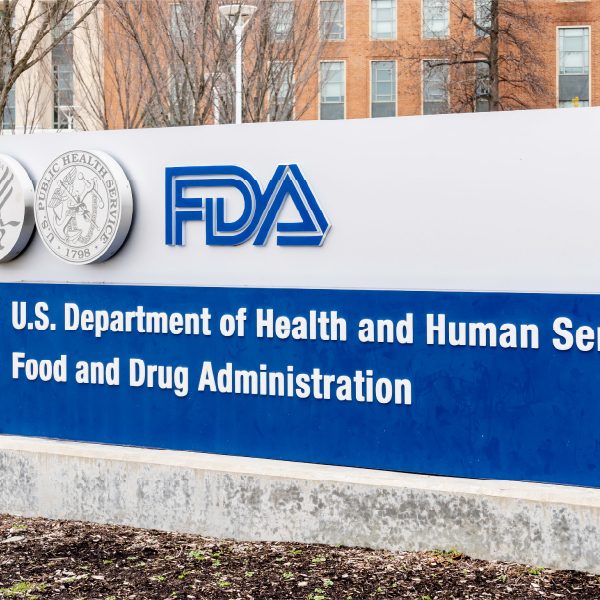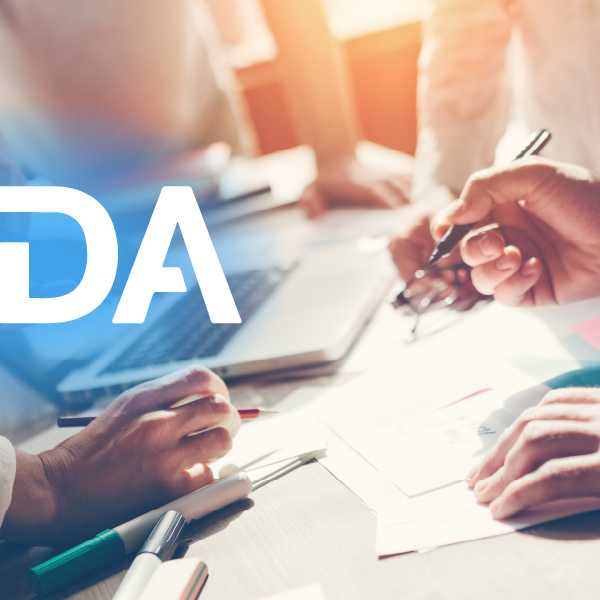Psychedelic Drug Development is Here: What You Need to Know

Psychedelic drug development is quickly becoming a new frontier in the pharmaceutical industry. On June 23, 2023, the U.S. Food and Drug Administration (FDA) released a draft guidance document outlining important considerations for researchers and drug sponsors involved in psychedelic drug development for medical purposes.
Early research on psychedelics in the mid-20th century explored their therapeutic potential in the treatment of various psychiatric conditions, including depression, substance use disorders, and chronic pain. While these psychedelic drug development studies often showed promising results, they were limited by methodological flaws. More recent analyses of early studies have demonstrated significant improvement in psychological symptoms after the administration of psychedelics.
The FDA’s draft guidance focuses on the unique challenges associated with psychedelic drug development and provides foundational constructs for Sponsors to consider. It addresses issues such as the additional regulation of psychedelic drugs as Schedule I substances by the DEA, the need for alternative study designs, and the importance of patient safety.
The release of the draft guidance aligns with the growing interest in psychedelic drug development among legislators, as demonstrated by recent bills and the relaunch of the Congressional Psychedelics Advancing Therapies (PATH) Caucus. The FDA’s guidance reflects its commitment to responsible development in this field, and stakeholders had until August 25, 2023, to provide feedback on the draft guidance.
Understanding psychedelics and the industry’s responsibility towards use
In this FDA guidance, the term “psychedelic” is used to encompass a range of substances. It includes classic psychedelics, which are commonly known as 5-HT2 agonists, such as psilocybin (found in magic mushrooms) and lysergic acid diethylamide (commonly known as LSD). Additionally, it also includes entactogens or empathogens like methylenedioxymethamphetamine (MDMA). These substances have shown promise in the treatment of various medical conditions, including PTSD, mood, anxiety, and substance use disorders.
This is the first FDA guidance specifically focused on psychedelic drug development.
The FDA guidance aims to ensure safe and responsible development while adhering to regulatory requirements and scientific standards. Additionally, this FDA guidance aims to provide general considerations and guidelines for Sponsors involved in the psychedelic drug development. The FDA recognizes the potential therapeutic benefits of these substances and acknowledges their use in the treatment of various medical conditions.
The draft covers various considerations throughout the psychedelic drug development process, including trial conduct, data collection, subject safety, and requirements for new drug applications. Psychedelic drugs can have psychoactive effects, including mood and cognitive changes and hallucinations. Therefore, preventing drug abuse and ensuring subject safety are important aspects that researchers need to address during psychedelic drug development.
The evidentiary criteria for proving the effectiveness of psychedelic drugs align with those of other pharmaceuticals. Nonetheless, there exist distinct factors that researchers need to account for when structuring clinical trials to ensure they meet the standards of adequacy and thoroughness.
Key considerations for psychedelic drug development
The FDA draft guidance covers various aspects of the psychedelic drug development process. It provides recommendations and considerations for sponsors involved in the development of these drugs. Here are the key points addressed in the guidance:
- Chemistry Data Submission and Manufacturing Compliance: Sponsors must provide sufficient information to ensure the quality, purity, strength, and proper identification of the investigational drug substance and product. If the psychedelic drug is derived from plants or fungi, the guidance highlights the need to comply with current Good Manufacturing Practice (cGMP) regulations.
- Nonclinical Research: Nonclinical studies for psychedelic drugs should generally follow established recommendations. However, for certain drugs with extensive human exposure and no serious safety concerns, animal toxicology testing may be bypassed. Chronic dosing and evaluation of binding to serotonin (5-HT) receptor subtypes are also important considerations, especially evaluation of the heart for potential heart valve thickening in both rodent and nonrodent repeat-dose toxicity studies. The FDA recommends that Sponsors exclude subjects with preexisting valvulopathy or pulmonary hypertension from multiple-dose studies of 5-HT2B agonists.
- Abuse Potential Assessment: Psychedelic drugs can have psychoactive effects, including mood and cognitive changes and hallucinations. Therefore, preventing drug abuse and ensuring subject safety are important aspects that researchers need to address during psychedelic drug development. If a psychedelic drug is classified as a Schedule I controlled substance, the FDA guidance highlights the need to comply with Drug Enforcement Administration regulatory requirements.
- Design of Well-Controlled Clinical Studies: Traditional placebo-controlled clinical trials may not be ideal for evaluating the efficacy of psychedelics. The FDA guidance suggests alternative study designs, such as using subperceptual doses of a psychedelic drug or other psychoactive substances that mimic certain aspects of the psychedelic experience, in conjunction with placebo-controlled clinical trials. The challenges posed by the use of psychotherapy as an adjunct to psychedelic drug administration are also addressed.
- Subject Safety and Informed Consent: To ensure subject safety, the guidance recommends the inclusion of safety monitors during the entire treatment session, as subjects receiving active treatment with psychedelics can remain in a vulnerable state for up to 12 hours. Informed consent should clearly communicate potential changes in perception, cognition, judgment, increased vulnerability, and suggestibility during the treatment session.
- Drug Interactions and Risk Mitigation: The FDA draft guidance highlights potential drug interactions to consider in psychedelic drug development. It also emphasizes the need for risk mitigation during psychedelic clinical trials and post-marketing, including safe dispensing and administration of the drug to prevent nonmedical use, accidental exposure, and overdose.
- Assessing Efficacy and Safety: The FDA guidance suggests that psychedelic drug developers should assess the efficacy and safety dose-response relationships, the durability of treatment response, and the safety and efficacy of repeat dosing. For chronic illnesses like post-traumatic stress disorder or major depressive disorder, treatment effects should be evaluated for at least 12 weeks. Subjects should also be followed in an open-label extension period for up to a year after the 12-week endpoint.
The FDA’s draft guidance on developing psychedelic drugs for medical purposes provides recommendations and considerations for Sponsors involved in the development of these substances. It covers various aspects of the drug development process, including manufacturing compliance, nonclinical research, abuse potential assessment, and clinical research considerations. The FDA has accepted public comment on the draft guidance to ensure it captures diverse perspectives and enables the development of safe and effective psychedelic treatments.
Overcoming regulatory hurdles and ethical challenges in psychedelic drug development
Psychedelic drug development for therapeutic purposes is gaining momentum, but it is accompanied by a host of regulatory and ethical complexities that must be addressed. Unlike conventional pharmaceuticals, psychedelic-assisted therapies involve a combination of drugs and psychotherapy to help patients overcome conditions such as depression and addiction.
In terms of regulatory challenges, the FDA faces uncertainties in evaluating psychedelic drug development programs, particularly in terms of therapy training programs, labeling requirements, and risk evaluation strategies. The classification of psychedelics as Schedule I drugs under the Controlled Substances Act of 1970, with no accepted medical use, has impeded research in this field to date. However, the shortcomings of traditional mental health treatments and promising results have led to a resurgence of interest in psychedelic drug development.
As the pharmaceutical industry moves forward, psychedelic therapy may require new business models that differ from traditional approaches. Some companies patent delivery methods and treatment protocols rather than the substances themselves. Developing shorter-acting psychedelics and reducing treatment time are also explored to minimize hallucinogenic effects. However, competition from cheaper alternatives remains a concern for psychedelic drug developers.
Some stakeholders argue that psychedelic therapies should have their own regulatory pathway separate from conventional pharmaceuticals due to their naturally occurring nature and historical use. Regulatory strategists and writers at MMS have extensive experience with the unique challenges that Sponsors face at all stages of psychedelic drug development.
If you’re interested in talking with a regulatory experts, click here to connect with the right resource to respond.
Authored by: Principal Regulatory Strategist, MMS Holdings.
References:
FDA Issues First Draft Guidance on Clinical Trials with Psychedelic Drugs | FDA
Psychedelics are getting closer to approval, but the market may not be ready | Fierce Biotech
Patents on Psychedelics: The Next Legal Battlefront of Drug Development – Harvard Law Review
Psychedelics and Other Psychoplastogens for Treating Mental Illness – PMC (nih.gov)
New FDA Guidance on Psychedelic Drug Development – Hogan Lovells Engage











